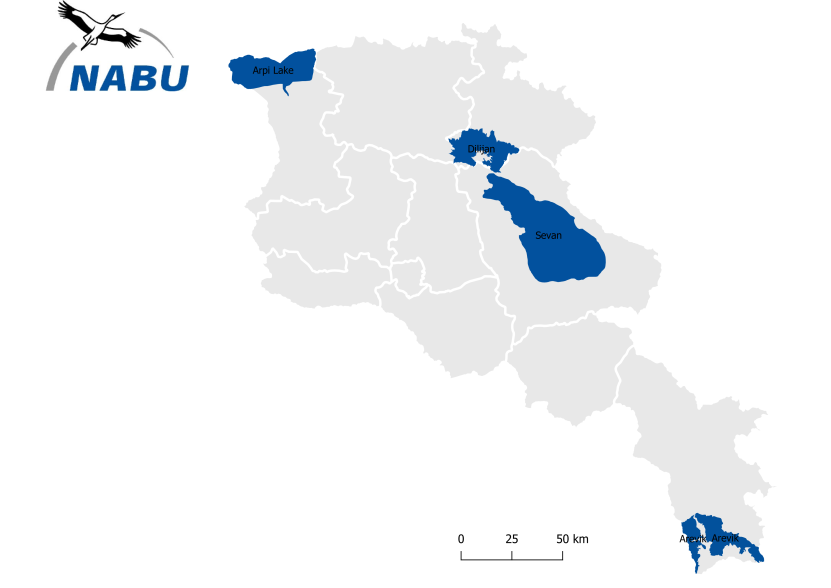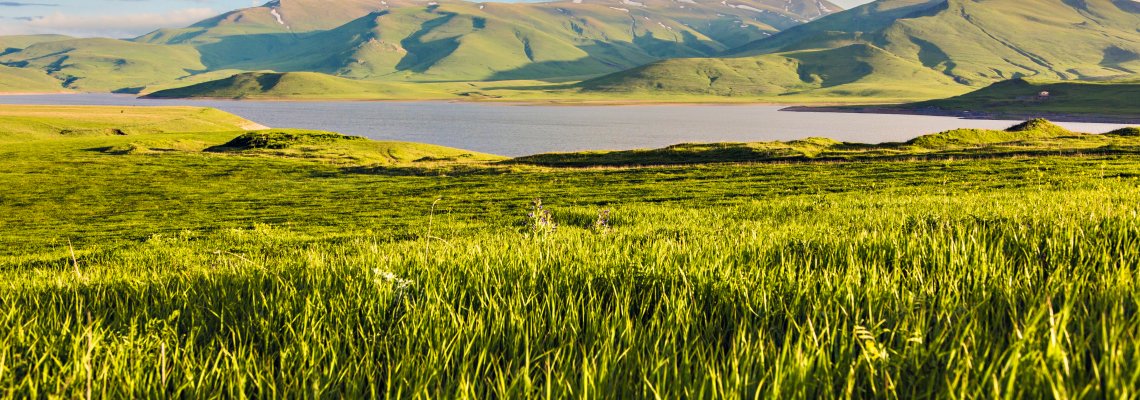
A national park is a park in use for conservation purposes and it is protected. Often it is a reserve of natural, semi-natural, or developed land that a sovereign state declares or owns. Although individual nations designate their own national parks differently, there is a common idea: the conservation of 'wild nature' for posterity and as a symbol of national pride.
An international organization, the International Union for Conservation of Nature (IUCN), and its World Commission on Protected Areas (WCPA), has defined "National Park" as its Category II type of protected areas.
In 1969, the IUCN declared a national park to be a relatively large area with the following defining characteristics:
- One or several ecosystems not materially altered by human exploitation and occupation, where plant and animal species, geomorphological sites and habitats are of special scientific, educational, and recreational interest or which contain a natural landscape of great beauty;
- Highest competent authority of the country has taken steps to prevent or eliminate exploitation or occupation as soon as possible in the whole area and to effectively enforce the respect of ecological, geomorphological, or aesthetic features which have led to its establishment; and
- Visitors are allowed to enter, under special conditions, for inspirational, educative, cultural, and recreative purposes.
In 1971, these criteria were further expanded upon leading to more clear and defined benchmarks to evaluate a national park. These include:
- Minimum size of 1,000 hectares within zones in which protection of nature takes precedence
- Statutory legal protection
- Budget and staff sufficient to provide sufficient effective protection
- Prohibition of exploitation of natural resources (including the development of dams) qualified by such activities as sport, hunting, fishing, the need for management, facilities, etc.
In 1872, Yellowstone National Park was established as the United States' first national park, being also the world's first national park. In some European and Asian countries, however, national protection and nature reserves already existed, such as a part of the Forest of Fontainebleau (France, 1861).
There are 4 National Parks in Armenia:












